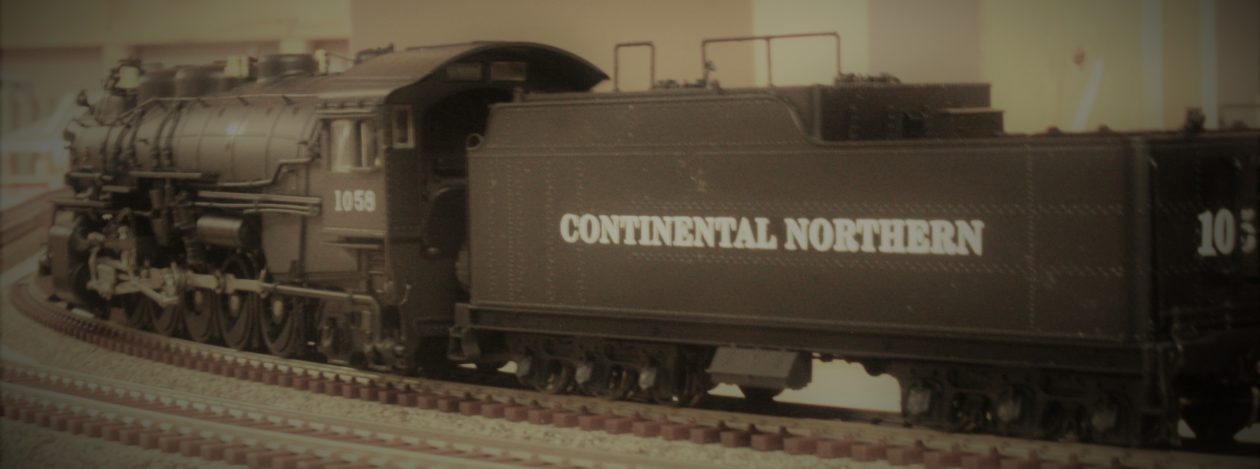You may be surprised to see this post as a wiring update, as I had planned to finish the track up to the New Brighton yard. Well, I hit a little speed bump and those plans changed. More on the “speed bump” in later as it deserves it’s own post.
Back to wiring. I pulled the buss wires for all most of the lower level, from New Brighton yard up to the town of Brandon. Through Brandon to the helix I am not sure yet of where the signal sections are and didn’t want to guess until the track is down. Below are a couple of pictures of the bus wires pulled and then hooked up to the terminal blocks. A couple of notes before the photos. First is a picture of the wires pulled and bundled, you should have seen the mess of wires before I got them all zipped tied together. Second, I originally figured I would have 8 signal blocks at most on the lower level, actually I now believe it to be 7, so I installed a terminal block with 8 posts. I forgot that there is a north and south track (14 posts), sidings ( another post) and the reverse loop (3 more posts). So I had to add in the second barrier strip along side the original. The color coding is as follows: black – common, red – north bound, white – south bound and green – sidings.



After the buss wires were in I started installing the feeder wires. I started by following the tracks around and making a mark by each place one was to be installed. I also put a piece of tape on edge of the upper deck (more on this in a minute) and when I was sure that I had not missed any sections, installed the feeder wires. I drilled the holes and then pulled the wires down through the layout and out to the front edge using a piece of tape to secure them. The tape was a double check to make sure I didn’t miss any of the marks I had made and to hold the wires in place until I soldered them to the buss wires.



Also while I was laying track I had marked the signal block boundaries, which helped when pulling buss wires.

On my last layout I had a rather complicated four digit code for the signal blocks, this time I kept it very simple. I did manage to get one section of track wired to the buss, but had to call it a night.

Getting close, until then – Happy Railroading…















































